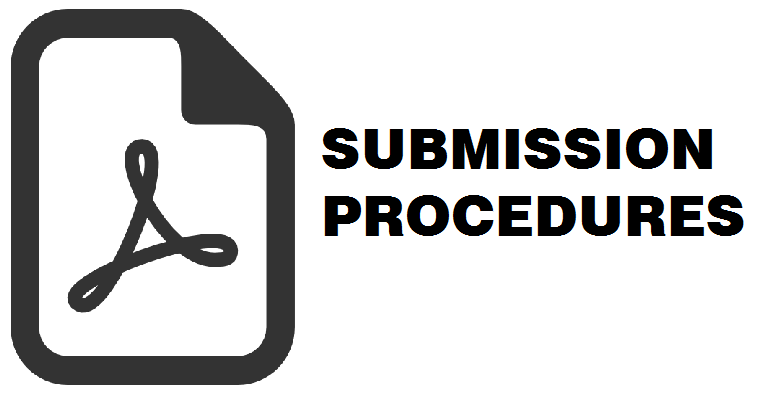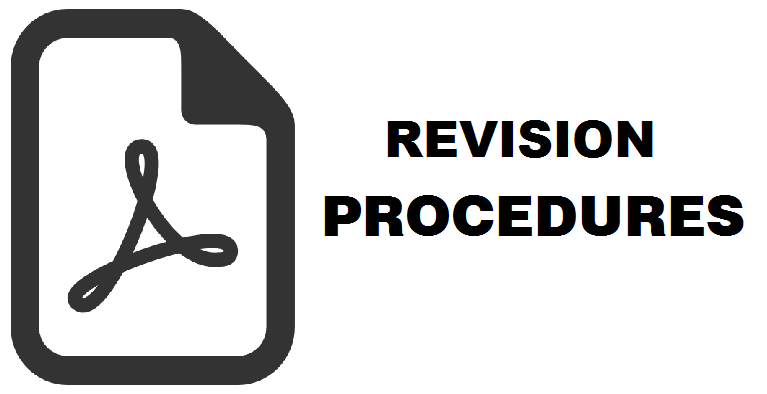Spatial Zonation Model of Local Irrigation System Sustainability (A Case of Subak System in Bali)
I Putu Sriartha(1*), Sri Rum Giyarsih(2)
(1) Faculty of Social Science, Ganesha University of Education
(2) Faculty of Geography, Universitas Gadjah Mada, Indonesia
(*) Corresponding Author
Abstract
This study was aimed at designing a spatial zonation model of a subak sustainability type based on the internal and external dimentions from 69 subaks in three districts in Badung regency. The internal dimention was measured based on subak capability index in implementing Tri Hita Karana (THK) philosophy. The external dimention was measured by using index of four variables, namely: road density, population density, social economic facilities, and number of nonfarmer families.The data were analyzed using descriptive quantitative technique and spatial analysis using Geographical Information System (GIS) software. The results found three zones of subak sustainability type, spatially follows the principle of distance decay of the growth of tourism and city center. Unsustainable - less sustainable subak zone dominates short distance zone, sustainable - less sustainable subak zone dominates transitional zone, while sustainable subak zone dominates long distance zone. To protect subak from destruction, less sustainable subaks have to be restored into sustainable ones and the sustainable subaks should be made eternal/exclusive subaks
Keywords
Full Text:
PDFArticle Metrics
Refbacks
- There are currently no refbacks.
Copyright (c) 2016 Indonesian Journal of Geography

This work is licensed under a Creative Commons Attribution-NonCommercial 4.0 International License.
Accredited Journal, Based on Decree of the Minister of Research, Technology and Higher Education, Republic of Indonesia Number 225/E/KPT/2022, Vol 54 No 1 the Year 2022 - Vol 58 No 2 the Year 2026 (accreditation certificate download)
ISSN 2354-9114 (online), ISSN 0024-9521 (print)









